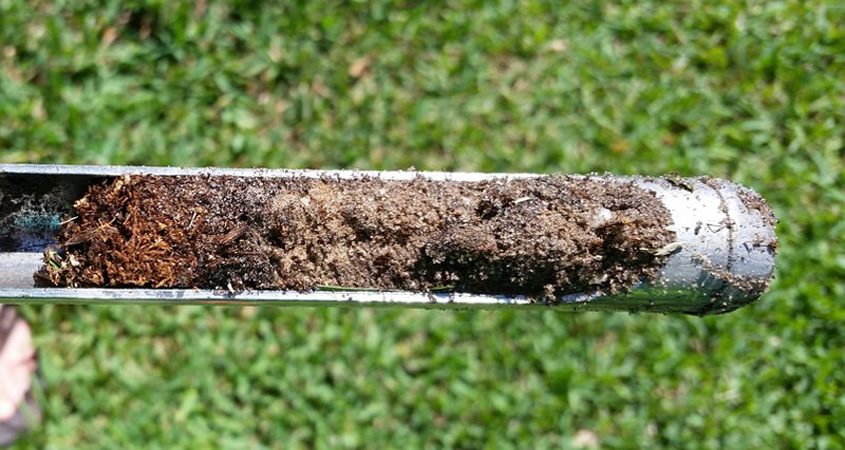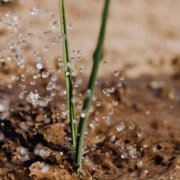Soil Probe Tips for Success
Knowing how to use a soil probe as an important soil management tool will support your effort to create a healthy, thriving landscape full of beautiful plants.
You need to first know as much as possible about your soil to understand your irrigation needs. Irrigation is critical to keep your landscaping green and growing. But more isn’t better. One way to easily gauge your landscape’s needs is to use the Jar Test.
Another helpful tool is a soil probe. A soil probe lets you determine a lot more information about the soils in your landscaping. It will give you information about whether your irrigation is successfully reaching the roots of your plants, or even if it soaks in too deep past the reach of plant roots.
If you don’t understand your individual soil profile, you can’t plan effective irrigation. When there is variability in the conditions across your landscape, you may have different types of soils from one area to another or from a surface layer of soil to a deeper layer.
A good soil probe will help you figure out when your irrigation water has reached the right depth for the plants in your landscaping. It is a simple process with the right tools.
How to use your soil probe

Use a soil probe to test how well irrigation dispenses into your landscape. Photo: University of Florida/Creative Commons
When your soil is moist, a soil probe should go into the ground easily, without a lot of effort. Your soil probe will stop when it hits hard, dry dirt, and won’t go further. But your soil probe could also be hitting rock, so you may want to reposition it just a few inches away and try again.
If you are confident you’ve hit only dry soil, put your fingers around the probe at the soil surface, and pull it out. Measure the depth in inches to learn how deep your irrigation will penetrate into the soil.
To properly irrigate your plants, understand the depth of their roots. Trees send their roots much deeper into the soil than shrubs, and shrubs have deeper roots than bedding plants like annual and perennial flowers or vegetables.
Most plants will do fine as long as the top foot of soil (12 inches) is filled with water when you irrigate. Shrubs should be irrigated to a depth of two feet (24 inches), and trees irrigated to a depth of three feet (36 inches).
You can purchase a soil probe at any general hardware store or gardening center. A basic soil probe costs between $30 and $80, but there are high-tech probes costing up to $300.
To learn more about your soil, sign up for Soil & Site Assessments virtual workshop.
This article is part of a year-long series inspired by the 71-page Sustainable Landscapes Program guidebook. The Water Authority and its partners also offer other great resources for landscaping upgrades, including free WaterSmart classes at WaterSmartSD.org.



